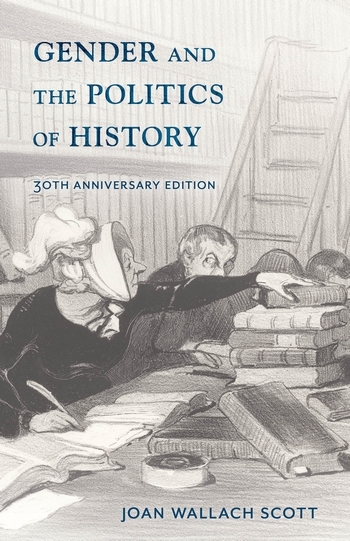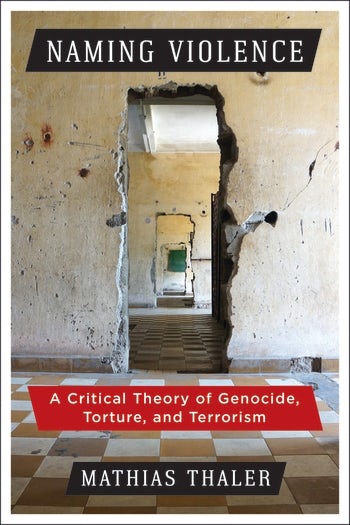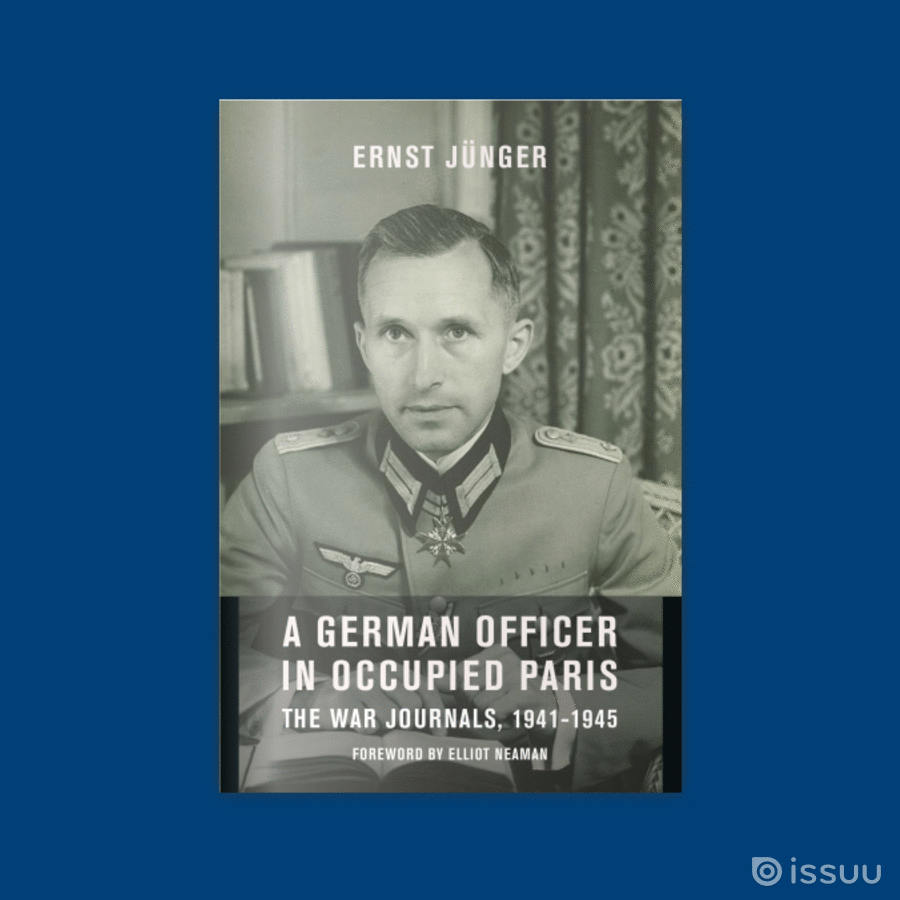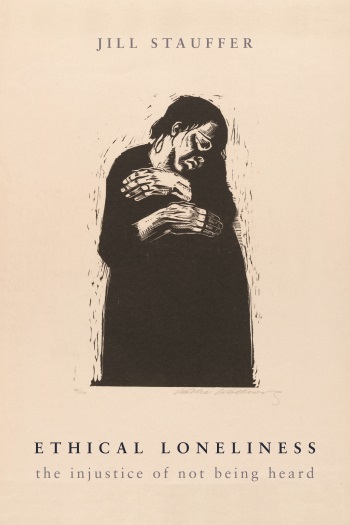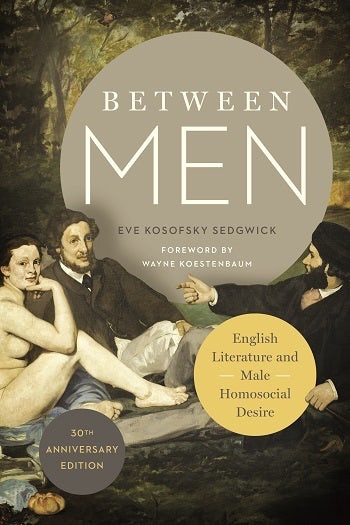Confessions of a Reluctant Revolutionary

During the campus protests of 1968, writer Phillip Lopate ’64CC, today a professor in the School of the Arts, joined an alumni group supporting the student radicals. Now, almost fifty years later, he’s still trying to make sense of his place in that time.
This year marks the 50th anniversary of the Columbia University 1968 student protests. Tomorrow we’ll be reflecting on those event at the book launch of A Time to Stir: Columbia ’68. In honor of the launch, we’re pleased to provide you with an excerpt from the book.
Much as I shy away from the very notion of generational identity, I must own to being a creature of the sixties. Born in 1943, I entered Columbia as an undergraduate in 1960, graduated in 1964, and was influenced unsystematically by that period’s anti-Establishment attitudes. The sixties have been so mocked, caricatured, or flattered by later generations that anyone who lived through that era sometimes seems to have had only two choices: loyal defender or turncoat. What often is missing, which I would like to propose, is a middle path: critiquing our mistakes and misconceptions while remaining sympathetic to the era’s spirit of idealism and experimentation.
“The personal is political” was a slogan back then. I would not go so far as to equate the two, but I would argue that one’s private circumstances do have a bearing on one’s political views. So here are a few personal facts: in my senior year at Columbia, I had gotten married; we had lived abroad for a year and then returned, my wife supporting me while I tried to write a novel. Ultimately, I managed to eke out a tiny living ghostwriting and working for an antipoverty program. By 1968, our marriage was in serious trouble. We had moved from secluded middle-class Inwood, on the upper tip of Manhattan, down to West 103rd Street, a dozen or so blocks south of Columbia, to be closer to the action, and suddenly there was plenty of action. Student protesters had occupied five buildings on campus in April 1968. It seemed worth checking out.
Having graduated four years earlier from Columbia College, I was drawn to the student rebellion for several reasons: (1) opposed as I was to the Vietnam War, I had been participating in marches in New York and Washington, DC, distributing flyers to unsuspecting pedestrians, and generally answering the call; (2) having spent several years in writerly isolation, I was looking for excitement, communal and erotic (file under: “the personal is political”); and (3) I envied the students their fun. The Columbia I had gone to at the beginning of the sixties was a staid, tweedy place. We had aspired or pretended to be sober, mature grownups, and in consequence, I felt I was missing out on my youth. As a latecomer to the bacchanal, I wanted to protest and to party.
I visited the first floor of the student center at Ferris Booth Hall (since torn down), which had been taken over as strike headquarters. Before we could enter, we had to be vetted by somber student guards wearing Che berets. I was immediately struck by the theatrical mise en scène of it, the air of dress-up, a militancy pastiche thrown together from Ho Chi Minh’s North Vietnam, Fidel’s Cuba, and Mao’s China. Card tables carrying pamphlets, posters, radical literature, buttons, and other revolutionary paraphernalia lined the room. The atmosphere was, despite a certain grim determination — the frustrated feelings that something had to be done about the war, that we had to act, not simply stand by — like a street fair.
A few days later, I was given a tour of Fayerweather and Avery, two of the occupied buildings, and I saw the dishabille of sleeping bags and blankets, bookbags, and portable typewriters. It looked like a pajama party, it looked jolly, with the exception of interminable meetings at which everyone who wanted to speak could. Direct democracy notwithstanding, I already had been tipped off that the Students for a Democratic Society (SDS) leaders would manipulate the outcome by holding off votes until early morning, when they could be assured a majority. Still, I was impressed with the practical arrangements being made for daily operations, food delivery, and chores. It did not occur to me to join the occupying students, especially with my apartment’s warm bed close by. It was enough just to have seen the sleep-ins to feel part of history in the making.
Much was made later of the cavalier way the students mistreated university property, smoking the president’s cigars and turning hallowed classrooms into messy dorm pads. Certainly, some hostility was being expressed toward this institution of higher learning; but the occupations also may have signified an affection for the university, or a longing to know it with greater intimacy, by snoozing on its floorboards. I understood this ambivalence, having, on the one hand, fallen in love with Columbia, ever grateful for the fine education it had given me, and on the other hand, put off by its chilly impersonality and clubby exclusions. Despite my high grades, I had been passed over for various fellowships abroad because, as a friendly faculty member clued me in, some professors had disapproved of my less than deferential attitude and found me to be not one of their own. In retrospect, I see they were right: they perceived I wasn’t cut out to be a scholar-academic moving compliantly through the ranks. But at the time, I felt unjustly spurned and resentful enough to share the student activists’ animus.
Read the entire excerpt in Columbia Magazine.


